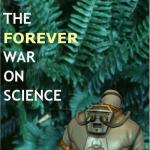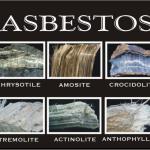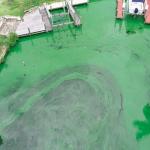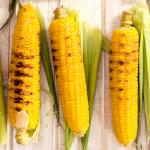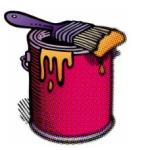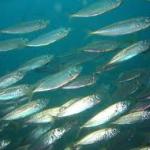Do-gooders in America, typically of the Millennial variety, think of themselves as smarter, more worldly, and far better informed than you. They are woke. You are not.
Chemicals & Chemistry
Paracelsus famously noted that the dose makes the poison.
Americans love to sue people.
There is a real mess going on in Southern Florida.
It's not often that I have a whole lot of positive things to say about the Natural Resources Defense Council (NRDC). But there's no denying that they can make an effective scare video.
Two weeks ago, we reported on a bizarre decision by the online news arm of the journal Science: The outlet had reprinted an article
CNN's Christiane Amanpour has a unique relationship with reality.
Forty solid years after the Consumer Product Safety Commission implemented regulations for getting rid of lead-based paint, the US is still on the lead-based paint merry-go-round.
A significant effort is underway to assess the environmental repercussions on marine life in the Gulf of Mexico from the massive and historic Deepwater Horizon explosion and oil spill.

